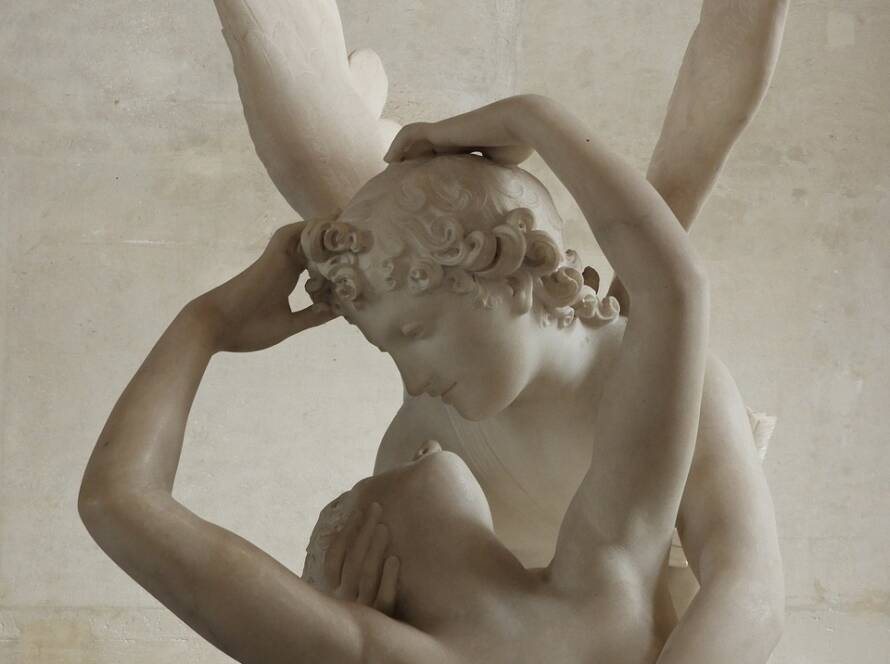Why does Shiva not have a crown? Ganesha, Kali, Indra, Vishnu, and Rama all have crowns. Why not Shiva? What is this about? Do they want to save on gold in Shiva Loka? What is the reason?
The Symbolism of the Crown
The symbolism of a crown in general, not just in the Hindu tradition, is of a connectivity between this material plane and the spiritual plane. The crown is a certain authority given by God, an authority given by the Spirit. Very often, saints in many traditions are depicted with a kind of light around their heads. Buddha also has a halo, and this represents an activation of the crown chakra, Sahasrara.
Shiva does not have a crown on his head, but he has hair. Shiva’s hair is wrapped in a way that creates the same shape as the crown. Many of the crowns assigned to gods, goddesses, and different buddhas have a certain crown which is like a triangle or a wave shape upwards.
Connection to the Absolute
Many of the Buddhist temples, churches and mosques, and many sacred buildings, represent for initiates the crown chakra. You can find descriptions of this in the Vijnana Bhairava Tantra. You can also find in the Shat chakra Niroda some clues about these structures. Also in more recent writings, such as Arthur Avalon – The Power of the Serpent, and in the writings of the clairvoyant Charles Leadbeater from the Theosophical Society.
Deities have this shape over their heads because of the representation of an awakened crown chakra. This means that their connective power is open to the supreme formless Absolute. It manifests in those who have their crown completely activated.
Old magician hats, like the one Mickey Mouse wears in Fantasia, also represent a certain awakening at the crown. Ancient alchemists and magicians would work with sacred metals that would be blessed through rituals and prayers. There are a lot of alchemical texts on this; a lot have been preserved from the Islamic tradition.
Is Shiva not connected to the Absolute? He does not have a crown.
Shiva is connected to the Absolute by his hair. Shiva is the god of transcendence, and he is the god of consciousness. The very substance, the very body of Shiva is that.
Shiva does not need an external crown. Shiva is the crown. Shiva is the substance of the Absolute because he is the god of consciousness. He rules, not because he has a crown, but because he is the embodiment of that.
His hair, his very body, represents the opening of the crown. On top of his hair, he has a crescent moon, showing that he is beyond the cyclicity of time. And he has the goddess Ganga that is pouring from his head, which is also a symbol of the Himalayas, and the descent of grace upon humanity.
Shiva is the ascetic. He is dressed in a very simple way with a tiger skin. Very often, like Shiva Bikshatana, he is naked, and his statues have very explicit nudity. Shiva is often covered in ashes. He lives in graveyards, in secluded places, or alone in the Himalayas. He doesn’t live in a palace.
There are some hypostases of Shiva, some of the ancient ones, where you do find Shiva with a crown. But mostly, his connection to the Absolute is his own substance. Shiva is the god of consciousness and the god of transcendence. Transcendence and consciousness are the most intertwined with the Absolute. So his hair is intertwined with the Absolute.
Shiva’s Hair is Godly Magic Itself
One time, when Daksa was creating a lot of trouble, Shiva’s wife Sati burned herself because of all this trouble. Shiva got upset, so he took one hair and turned it into Virabadhra, and said, “Go and destroy their ritual.” This symbolises that his hair itself is divine.
This is one reason why Shiva does not wear a crown. There are more explanations why Shiva doesn’t have a crown. You can research, and you can also intuit. Please share in the comments if you have any thoughts on this.
This text was transcribed by Zita and edited by Charlie from the following video:


